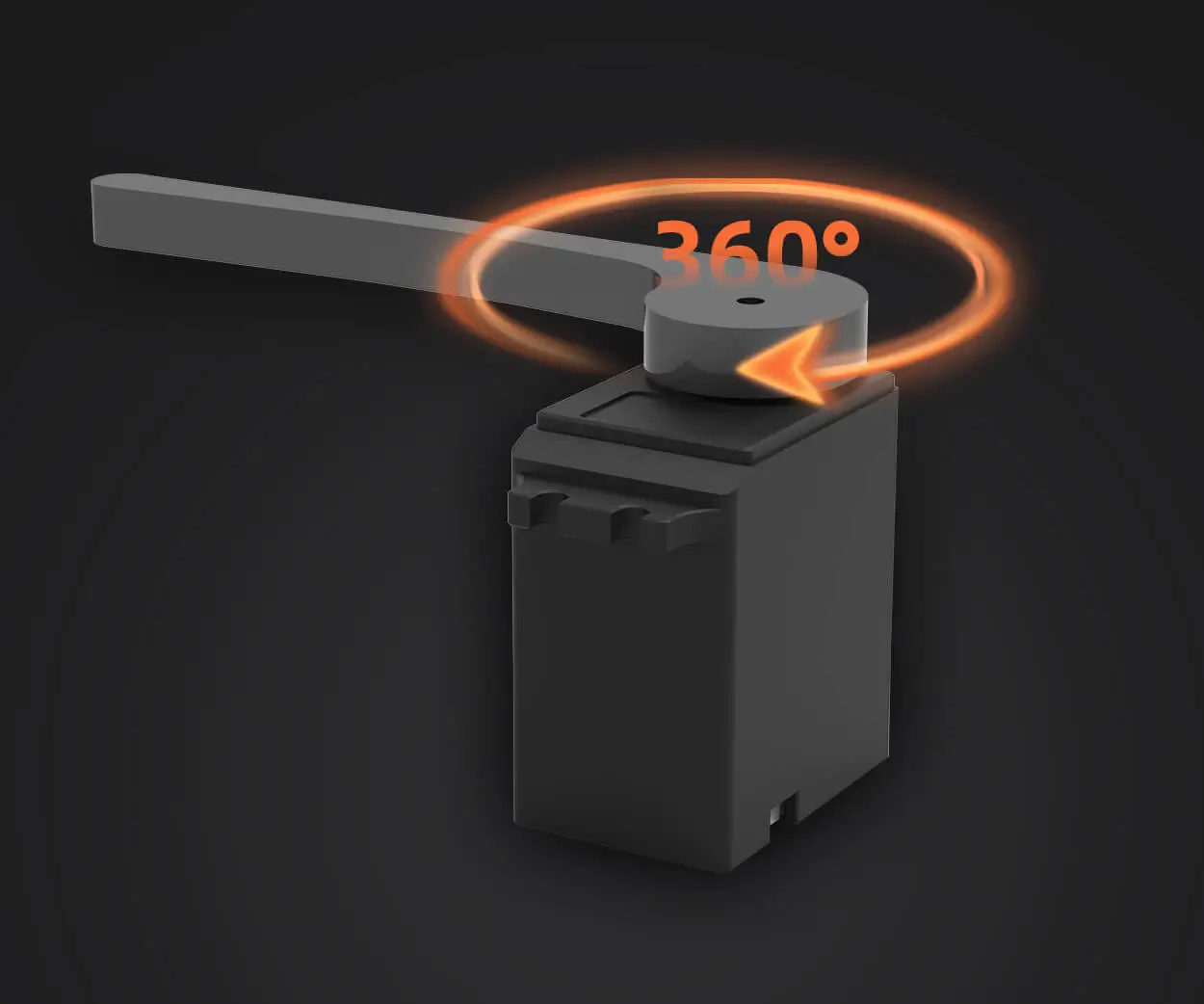Ever take a moment to think about how your little gadgets and machines move with such precision? Think about those robotic arms assembling tiny chips or drones soaring through the sky—without the right torque, they'd be forever stuck in a limbo of awkward, sluggish motions. Enter the servo motor torque calculator, a silent hero in designing and optimizing these mechanical marvels.

Imagine trying to fine-tune a robot’s arm to lift just enough weight without overloading the motor. It’s like trying to balance on a tightrope, nerve-wracking but necessary. That’s where this calculator shines. You punch in some basic parameters—like motor specifications, load details, and gear ratios—and boom, it gives you a clear picture of the torque required. No more guesswork calibrated by trial and error, no more burning out motors because of miscalculations.
What’s the real magic here? It’s the seamless way you can simulate real-world scenarios without firing up complex software or digging through endless datasheets. For someone working on quick prototypes or fine-tuning existing designs, it’s like having a crystal ball. You see the torque needs at various angles or speeds, helping you avoid surprises down the line.
People often ask, "Why should I bother with a specialized calculator when I’ve got spreadsheets?" Well, think about the time saved. Spreadsheets can be clunky, prone to errors, and less intuitive. A dedicated torque calculator—tailored specifically for motors—streamlines the process. Plus, it’s more precise, accounting for variables like efficiency losses or peak loads. That little bit of extra accuracy can make all the difference when ensuring longevity and performance.
You might wonder, “Is this just for experts or can I use it if I’m just starting out?” Honestly, it’s designed for simplicity. Even if you’re new to the world of servo motors, a few inputs and you’ll get a usable torque profile. And for those with more experience, the tool can quickly handle complex load conditions, helping optimize your design faster than ever before.
It’s also pretty flexible. Whether you're designing a tiny actuator for medical devices or a hefty conveyor system, the principles stay the same. You need to understand what kind of torque your motor must generate at different points—something that this calculator simplifies to just a few clicks. This isn’t just about numbers; it’s about empowering you to make smarter decisions, to really understand your mechanical needs without drowning in technical jargon.
Think about the big picture—more reliable machines, longer-lasting motors, fewer troubleshooting headaches. That’s the real value of a torque calculator like this. It just makes sense—saving time, reducing errors, boosting confidence in every project. When it comes down to it, isn’t that what every designer or operator dreams of?
So, whether you’re tweaking an existing system or designing something from scratch, this kind of tool is worth having in your toolkit. It’s straightforward, practical, and designed to give you the edge—making complex calculations feel more like a walk in the park. After all, understanding what your servo motor needs isn’t just about numbers, it’s about making the machine dance perfectly to your tune.
Established in 2005, Kpower has been dedicated to a professional compact motion unit manufacturer, headquartered in Dongguan, Guangdong Province, China. Leveraging innovations in modular drive technology, Kpower integrates high-performance motors, precision reducers, and multi-protocol control systems to provide efficient and customized smart drive system solutions. Kpower has delivered professional drive system solutions to over 500 enterprise clients globally with products covering various fields such as Smart Home Systems, Automatic Electronics, Robotics, Precision Agriculture, Drones, and Industrial Automation.




































